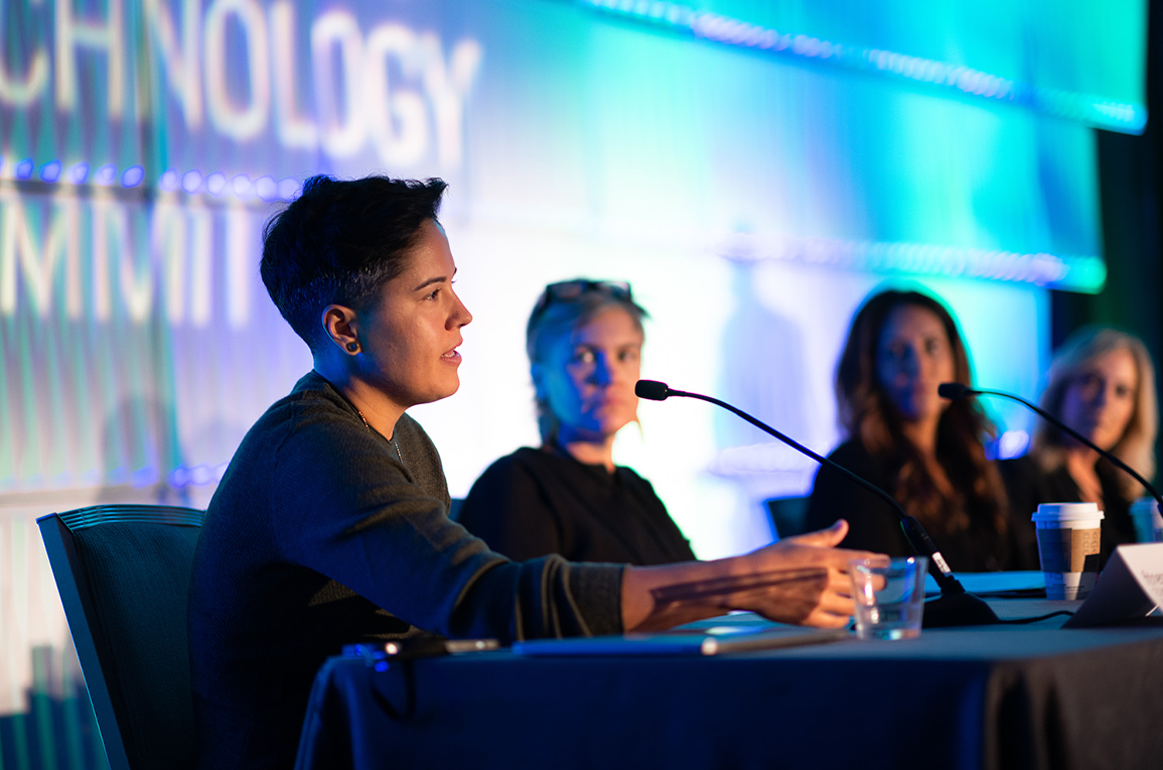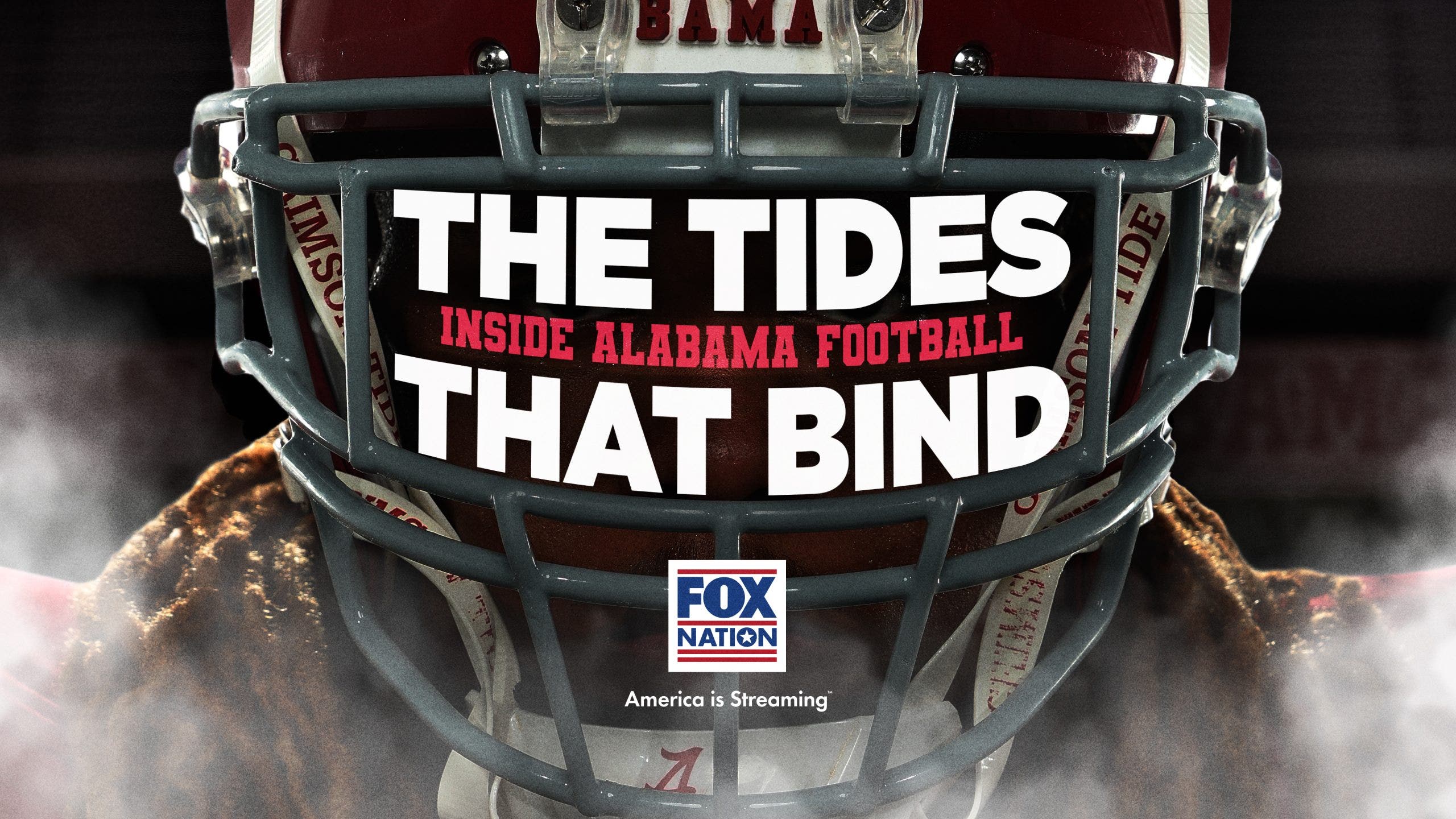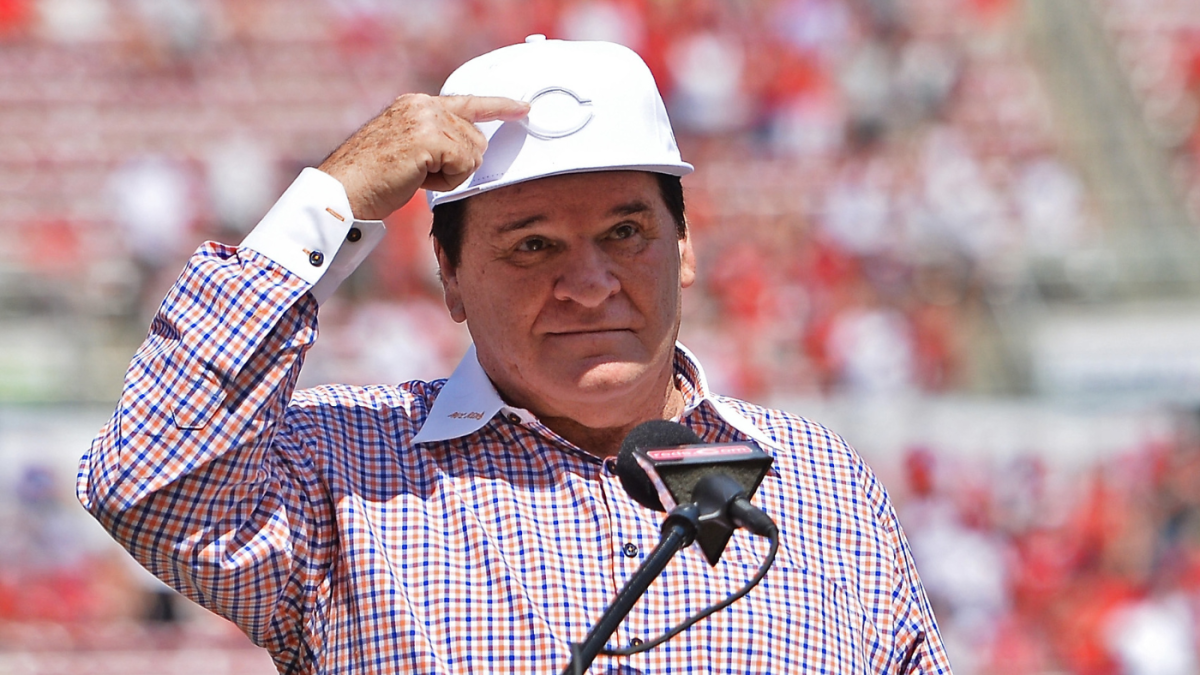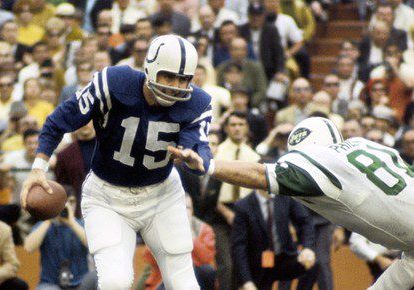The dominoes from Jalen Brunson’s stunning extension: Could Julius Randle take less money next?

When Jalen Brunson accepted a four-year, $156.5 million extension with the New York Knicks on July 12, the basketball world was stunned.
Brunson, coming off a top-five finish in the 2023-24 MVP race and having led New York to playoff series victories in consecutive seasons for the first time since 2000, had agreed to take more than $100 million less than he could have by waiting to sign a five-year contract next summer.
The unprecedented decision could help New York, fresh off adding the fourth “Nova Knick” this summer with its blockbuster acquisition of Brooklyn Nets wing Mikal Bridges, keep what it hopes will be a championship-contending team together for the next several years. (The belief around the league is Bridges will follow Brunson’s lead and sign a team-friendly extension in the fall or next offseason.)
But in the wake of Brunson’s decision, there were two questions NBA team executives and agents posed for both New York and the league:
Will Brunson’s extension decision start a trend of stars prioritizing roster building at the cost of significant finances in response to both the rapidly rising salary cap and the stringent apron rules in the league’s new collective bargaining agreement?
And what does Brunson’s new deal mean for Julius Randle, who on Saturday becomes eligible to sign a lucrative extension — and whose upcoming negotiations in New York, team executives told ESPN, will be the ultimate case study under the CBA?
“Is he Jalen Brunson?” one Western Conference executive told ESPN when commenting if Randle would be willing to compromise on his next contract, “or Paul George?”
How taking less money can help a team now and in the future
Instead of waiting until next summer and signing for the maximum five-year contract worth $269 million, Brunson took $37 million less across the first three seasons of the deal.
As a result, New York will avoid the second apron in 2024-25, allowing the Knicks to maintain flexibility when adding to their roster in free agency or via trade as they try to bring New York its first championship since 1973.
The draft, meanwhile, won’t be a huge help for New York in the short term. Thanks to the Bridges trade, the Knicks do not own their first-round picks in four out of the next seven years (2025, 2027, 2029 and 2031) and the two firsts they have from the Detroit Pistons and Washington Wizards are heavily protected.
But by staying below the second apron until at least the 2025-26 season, the Knicks will have as many tools at their disposal as possible to finish building their roster. (Teams above the second apron can only sign free agents to minimum contracts; can’t trade multiple players together in a deal; can’t trade for a player making more money than the player they are trading away; and have a future draft pick frozen if they finish the season above the second apron.)
For example, the LA Clippers and Denver Nuggets made decisions — not re-signing Paul George and Kentavious Caldwell-Pope, respectively — designed to keep them out of the second apron, a sign the new rules are working to spread talent across the league.
“Going above the second apron, for example, doesn’t just have financial consequences,” NBA commissioner Adam Silver said in July. “Those financial consequences are pretty severe, but they have an impact on your ability to sign players and draft players.”
That’s why Brunson’s decision was so crucial to New York’s future.
As ESPN’s Adrian Wojnarowski reported, Brunson studied championship organizations and franchise stars such as the Kansas City Chiefs and Patrick Mahomes, the New England Patriots and Tom Brady and the New York Yankees and Derek Jeter. All three players at one time had structured their contracts to help their teams compete for championships.
Despite the Los Angeles Lakers not signing an impact player in free agency, LeBron James took $2.7 million less with the contract he signed with them in July. The $1 million savings this season allowed the Lakers to remain below the second apron.
And while Brunson is eligible to sign a four-year, $253 million extension in 2027 and earn back the money he left on the table, making this choice now gives the Knicks more flexibility.
The money available to re-sign your own players is so great, but the apron rules are so prohibitive, one Eastern Conference executive told ESPN: “There has to be a balance on how a team can remain competitive but also reward a player financially.”
How Randle’s extension decision will impact New York
In 2021, Randle signed a four-year, $117.1 million extension — one that is now considered one of the better team-friendly contracts for a three-time All-Star and two-time All-NBA forward.
George, meanwhile, had protracted negotiations throughout the season with the Clippers that never saw him get offered a max extension — just like his now-former teammate, Kawhi Leonard, never did in signing a three-year, $150 million extension during the season. George chose instead to sign a four-year, $212 million max contract with the Philadelphia 76ers.
“From a basketball perspective, Paul is a fantastic player, future Hall of Famer. But we knew we needed to continue to get better,” Clippers owner Steve Ballmer said in July.
“And with the new CBA, what tools, what flexibility [can be restricted], we made Paul what I consider a great offer. But it was a great offer in terms of us thinking about how to win championships. It wasn’t what Paul wanted.”
For Randle, a maximum extension would replace his $30.9 million player option for next season with a new salary of $40.5 million, which would make him the highest-paid player on New York’s roster.
It would also negate the savings from the Brunson extension.
Prior to injuring his right shoulder in late January, Randle was averaging 24 points and 9.2 rebounds, and New York went 15-2 in January after trading for OG Anunoby. Randle’s absence was felt in the playoffs, when the Knicks at times struggled to create enough offense before a series of injuries scuttled their chances of beating the Indiana Pacers in the Eastern Conference semifinals.
If there is no extension reached prior to June 30, Randle could decline his player option and become an unrestricted free agent.
If Randle opts to hit free agency in the summer of 2025, it’s unclear how advantageous that decision would be. Despite a projected 10% salary cap increase next year with the introduction of the league’s new television contract, ESPN projects only Brooklyn, Washington and the Utah Jazz will have more than $30 million in cap space. None of those teams is likely to appeal to a player such as Randle, who turns 30 on Nov. 29 and is looking to win a title.
All of that is a reminder that, in recent years, free agents rarely have signed with teams that have significant cap space. Over the past three offseasons, only three players — George and Isaiah Hartenstein this summer and Fred VanVleet in 2023 — changed teams via free agency with a starting salary of more than $30 million.
That doesn’t mean money hasn’t been spent. According to information obtained by ESPN, teams spent $2.7 billion on free agents signed to contracts in July and August. For comparison, $2.1 billion was spent on free agents in the 2023 offseason and $1.9 billion in 2022. Part of that surge in spending is because the number of sign-and-trades increased from one in 2022 to eight this summer. (For example, the Sacramento Kings were over the cap this offseason but still managed to acquire DeMar DeRozan in a sign-and-trade.)
How free agency could impact Randle, other teams
Will Randle be willing to turn down guaranteed money and risk playing out the season?
Randle had arthroscopic surgery on his left ankle last April and most recently underwent season-ending surgery to repair the dislocated shoulder he suffered in January. If Randle does sign an extension, there’s a chance it could result in him getting a deal that prevents him from being traded.
If Randle is extended for more than three seasons and a raise greater than 120% after Aug. 6, there would be a six-month period where he couldn’t be traded — meaning he wouldn’t be able to be traded until after the Feb. 6 trade deadline, and thus would be on the Knicks until, at minimum, next offseason.
Bridges, meanwhile, is eligible to sign a two-year, $60 million extension from Oct. 1 through Oct. 21 — the day before the start of the regular season — or he could become eligible to sign a four-year, $156 million extension off his current deal, which is currently viewed as one of the league’s best value contracts, next offseason. The $34.8 million first-year salary would begin in 2026-27.
It hasn’t taken much time for the rules implemented by the new CBA to have an impact. This summer alone saw George and Caldwell-Pope change teams, in large part, because of second apron concerns. The Clippers and Golden State Warriors, long among the league’s top spenders, massively cut salaries.
“I want to put teams in a position, 30 teams, to better compete,” Silver said during the summer league in Las Vegas. “I think we’re on our way to doing that.”
And, of course, there was Brunson’s decision to take less money in an effort to keep the Knicks’ core together. Only time will tell if these are one-off occurrences or a sign of a new NBA reality.
Related
Why this wretched season for Joel Embiid and the Sixers…
Brian WindhorstMar 3, 2025, 12:30 PM ETCloseESPN.com NBA writer since 2010 Covered Cleveland Cavs for seven years Author of two booksFOR THE BETTER part of a de
Pistons vs. Jazz odds, score prediction, time: 2025 NBA picks,…
We've got another exciting interconference contest on Monday's NBA schedule as the Utah
NBA power rankings: Cavaliers solidify top spot with comeback over…
Shai Gilgeous-Alexander responds to LeBron James' face-of-the-NBA commentsShai Gilgeous-Alexander responds to LeBron James' face-of-the-NBA comments after the T
LeBron James 1 point away from 50,000 career points, becoming…
LeBron James is now one point away from a historical milestone that will likely never be matched in NBA history.James is on the verge of 50,000 career points â€










